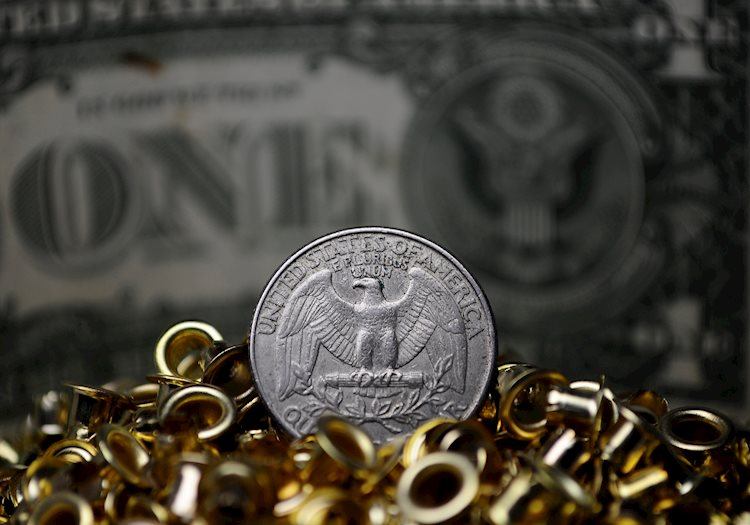The US Dollar Index (DXY) is currently experiencing a softer tone in the market due to weaker-than-expected JOLTS Job Openings figures. Job Openings came in at the lowest level in over three years in September, casting some doubt on the health of the labor market. This has increased the negative pressure on the US Dollar, with the Federal Reserve’s monetary policy decision approaching. The upcoming US GDP announcement is expected to show steady growth in the economy, in contrast with other major economies. However, the ADP Employment Report is anticipated to reveal a significant decline in job creation, which may trigger a deeper correction in the US Dollar.
The US JOLTS Job Openings fell to 7.44 million in September, with August’s reading being revised down as well. Futures markets are now fully pricing in a quarter-point interest rate cut by the Fed at its upcoming meeting, with increased chances of another cut in December. The US GDP announcement for the third quarter is expected to reveal steady growth, while the ADP Employment Report may show a decline in job creation. The Personal Consumption Expenditures Prices Index is expected to highlight easing price pressures, adding to the concerns about the US Dollar’s outlook.
The DXY Index keeps its bullish bias intact but has failed to break above the resistance area at 104.55. A bearish divergence in the 4-hour Relative Strength Index (RSI) suggests a deeper correction may be on the horizon. The index needs to slide below 103.95 to confirm a shift towards 103.40. Resistances are located at 104.55 – 104.75 and 105.20, indicating potential areas of interest for traders.
The US Dollar, as the official currency of the United States, is the most heavily traded currency in the world, accounting for over 88% of all global foreign exchange turnover. The value of the US Dollar is primarily impacted by monetary policy decisions made by the Federal Reserve. The Fed adjusts interest rates to achieve price stability and foster full employment, with changes in rates influencing the value of the Greenback. In extreme situations, the Fed can implement quantitative easing to increase the flow of credit in the financial system, which usually results in a weaker US Dollar. On the other hand, quantitative tightening involves stopping bond purchases and can have a positive impact on the US Dollar’s value.
In conclusion, the US Dollar’s recent softness in the market can be attributed to weaker job opening figures and anticipation of key economic releases. The upcoming US GDP announcement and ADP Employment Report will play a crucial role in determining the US Dollar’s direction. Traders are closely monitoring the DXY Index for potential signs of a deeper correction, with key resistance levels in focus. The impact of the Federal Reserve’s monetary policy decisions on the US Dollar remains a vital factor for investors, as well as the implementation of quantitative easing and tightening measures.











